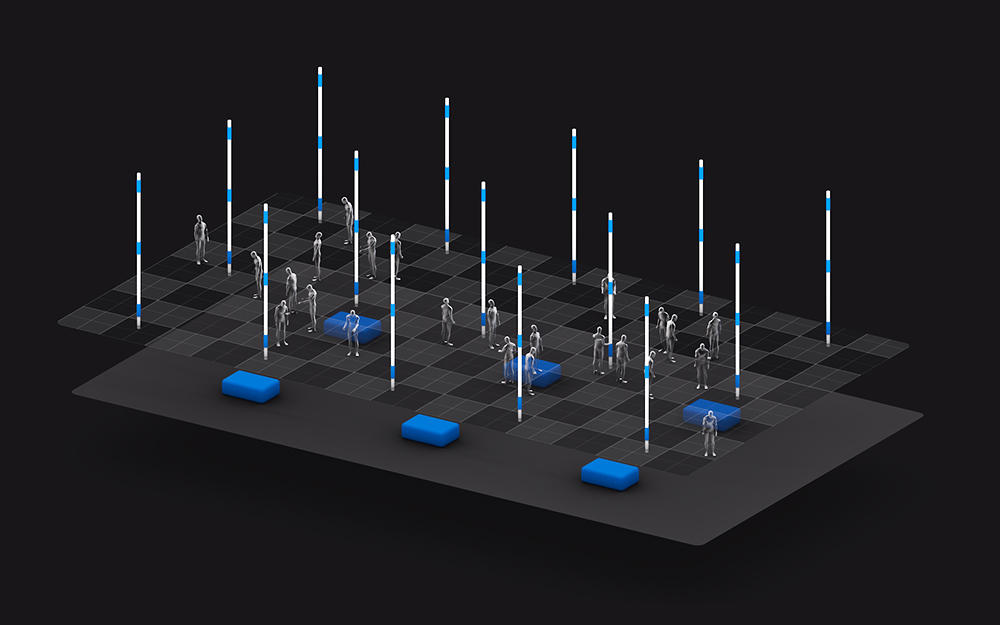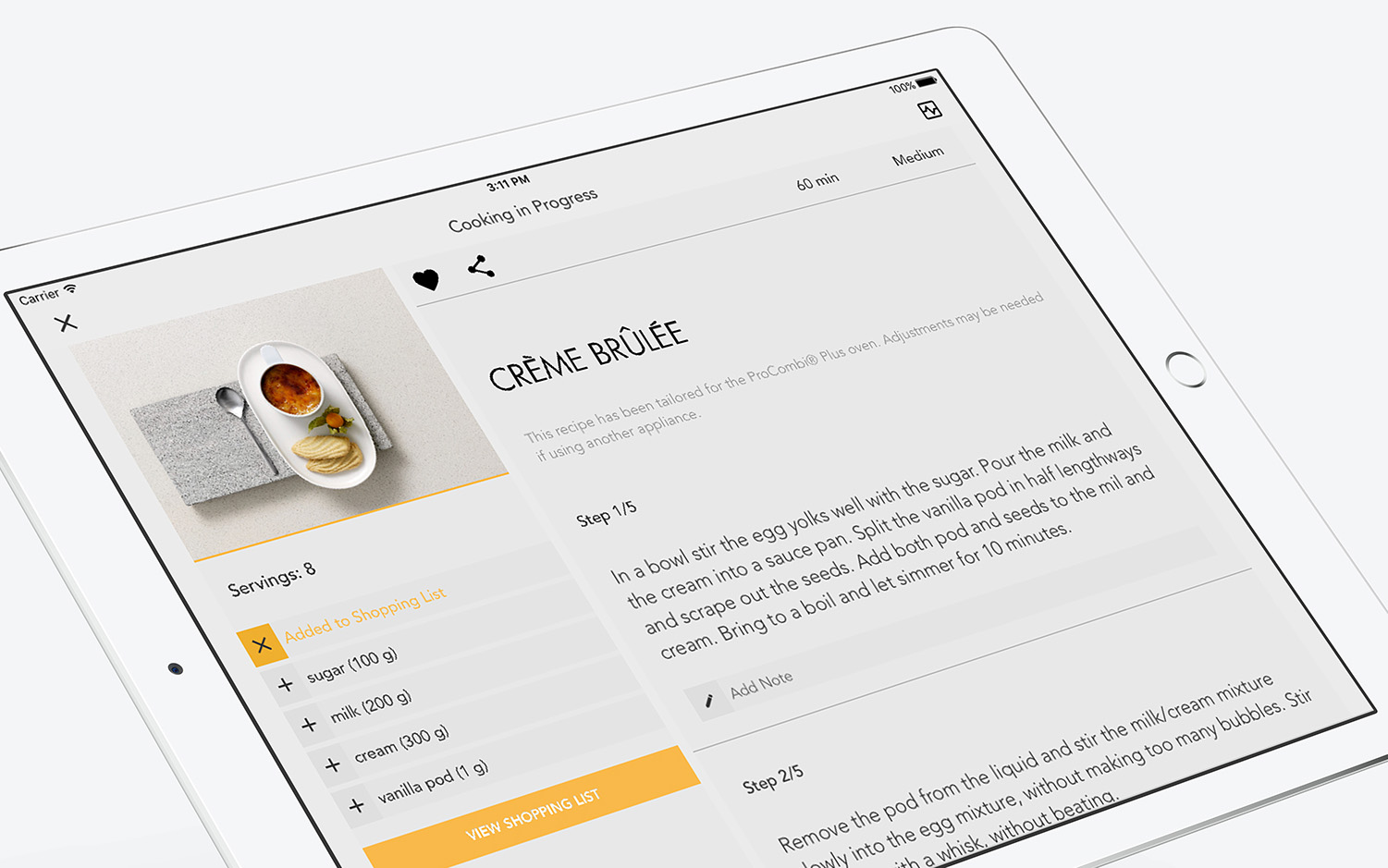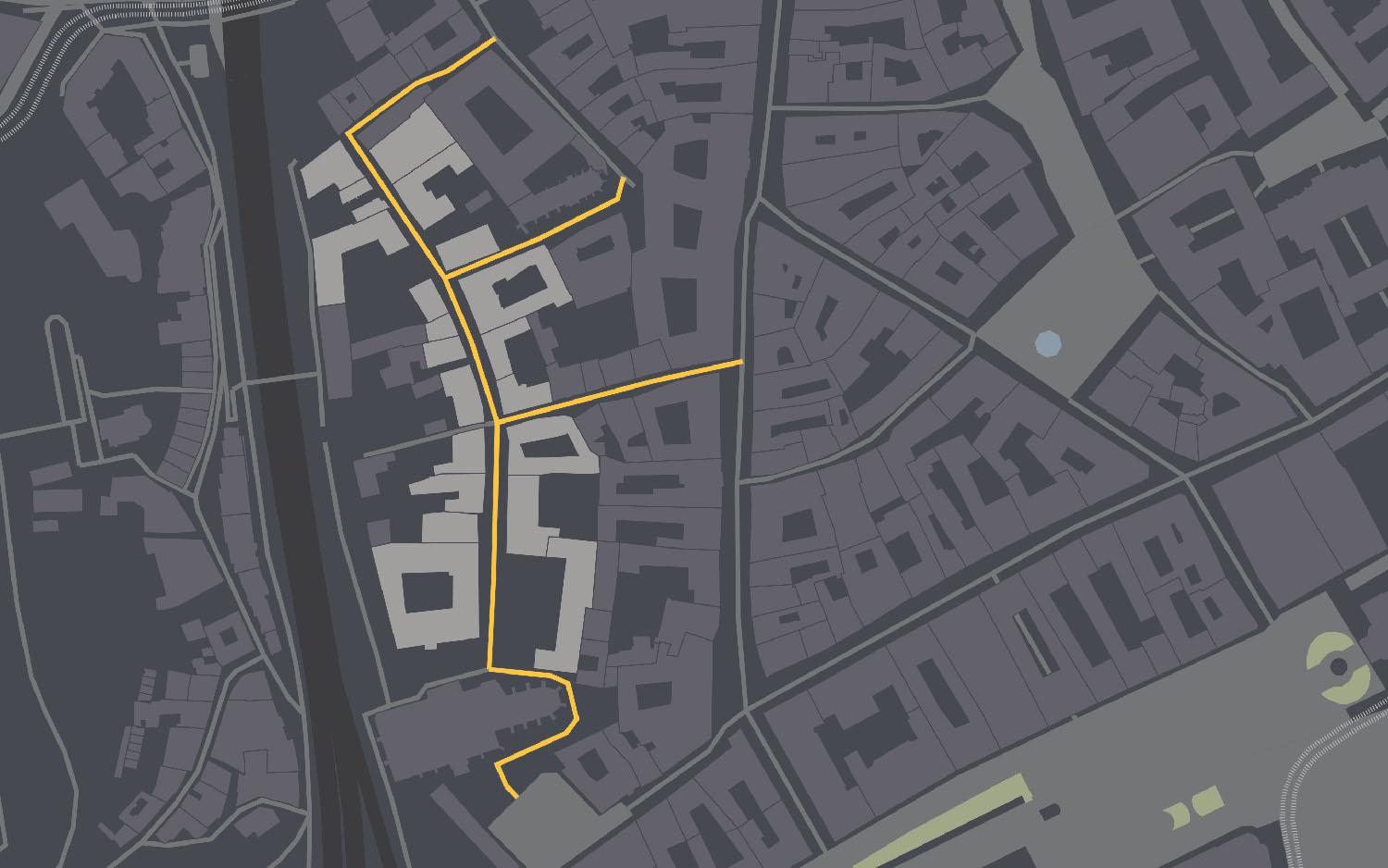"ckck"
Electro-acoustic Polyrhythmic Percussion Device
Concept, design, development and production: Filip Ruisl
Academic guidance: Ján Šicko, MediaLab at AFAD
Finished: January 2016
Irregular rhythms, that are present for example in ritual music of African tribes have always fascinated me. They confuse the human brain a little; they create a weird experience and alter the perception of the rhythm of the person experiencing it. The human brain can decode regularity and regular patterns quite easily (not only sound-wise). The interesting situation begins when a number of these rhythmic layers overlap. The brain can find and portray its’ own structures/patterns as these newly created polyrhythms. That’s why I’ve decided to create an acoustic, percussive musical instrument, that allows one to explore and understand this particular phenomenon in a natural way.
Interface and layout
I wanted the device to be self-explanatory – easy to understand, but still authentic. My goal was to make it easy to understand for a person that's never seen a synth, but solid enough for people with some knowledge of music. Seven different iterations of the front panel design were created, printed and tested for corrections.


A single voice consists of an on/off lever switch and a LED above is indicating its’ state. The rotary switch underneath serves for changing the beat division for a voice, according to the global tempo. The Master clock is set by the silver knob in the lower part and indicated by the yellow LED, blinking each 1/4th of the beat. Next to it is a momentary push button, that lets you tap the tempo for the master clock, as can be seen on various drum machines or groove boxes. It comes in handy when you're jamming with someone, or want to sync to the song you're listening to.


CKCK is working in two modes – synchronized and asynchronous, both providing different results. Synchronous is making all the voices synced to the master tempo, asynchronous lets the user offset the layer by the amount of time spent changing the note division manually.
Brain & logic
In the first semester I have worked with Pure Data and I wanted to take it to another level by using and mastering Max. The brain of CKCK is a Max patch, controlling the Arduino using Firmata drivers.


Enclosure
All of the electronics are placed inside the wooden box – the body of CKCK. The Arduino with cables sits at the lowest layer, mounted to the bottom; a platform above serves for fixing the rotary switches, so they aren’t wiggly while being used. Top layer is the front panel, but it also serves as the amplifier for the voices. I've cut super tight holes in the front panel so there is no glue or any other material between the relay and the plywood to maximise the loudness.
The front panel is covered by a lid, protecting the controls and voices while the device is not used. Sides of the box are connected with irregular 'teeth'– a trained eye can see an easter-egg in the form of a 'visual polyrhythm'.
CKCK is currently used as a percussion source for my further sound experiments. If you are curious, listen to this recording, where I am processing the output of CKCK with the Chlorophyll synth. A similar concept in eurorack format by Gijs Gieskes —Relay Perc.
Special thanks to my dad, who helped me with the schematic, wiring and soldering.











